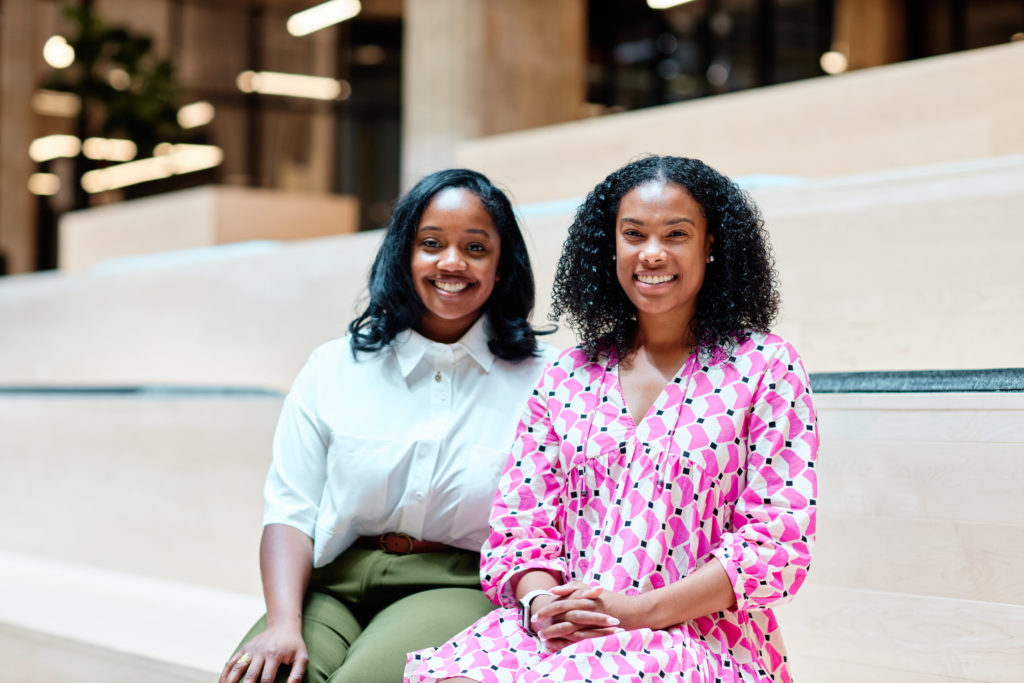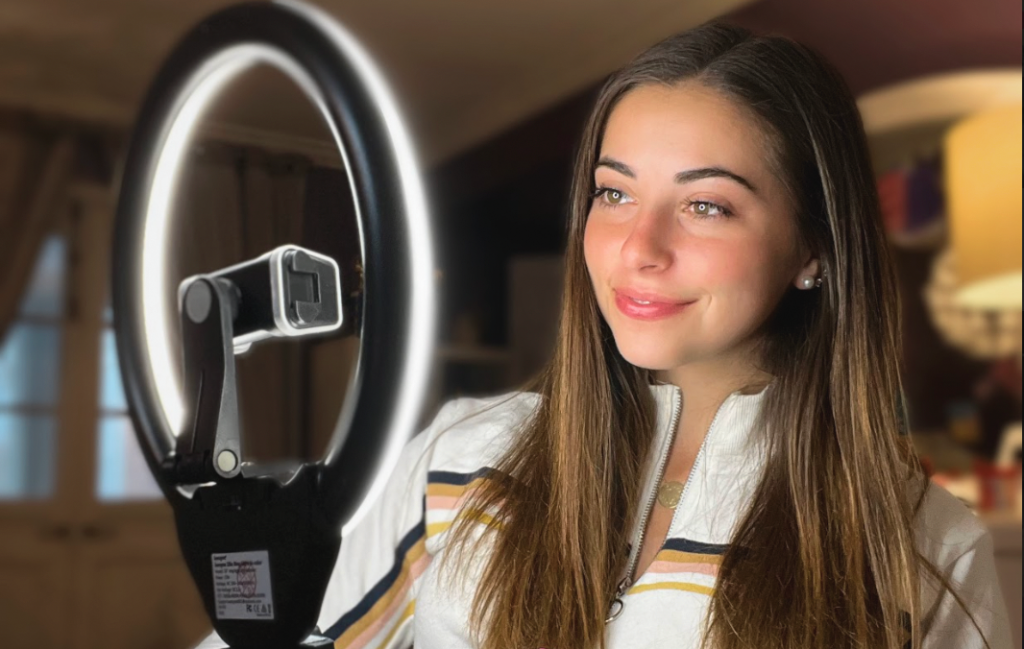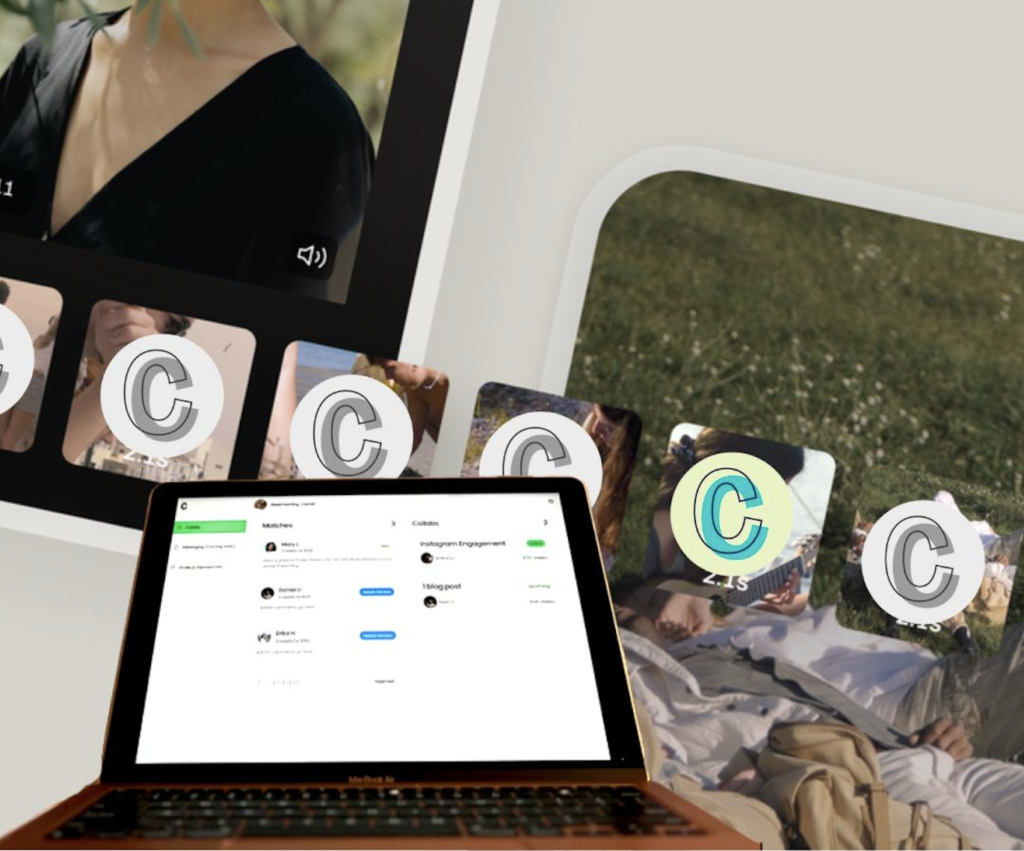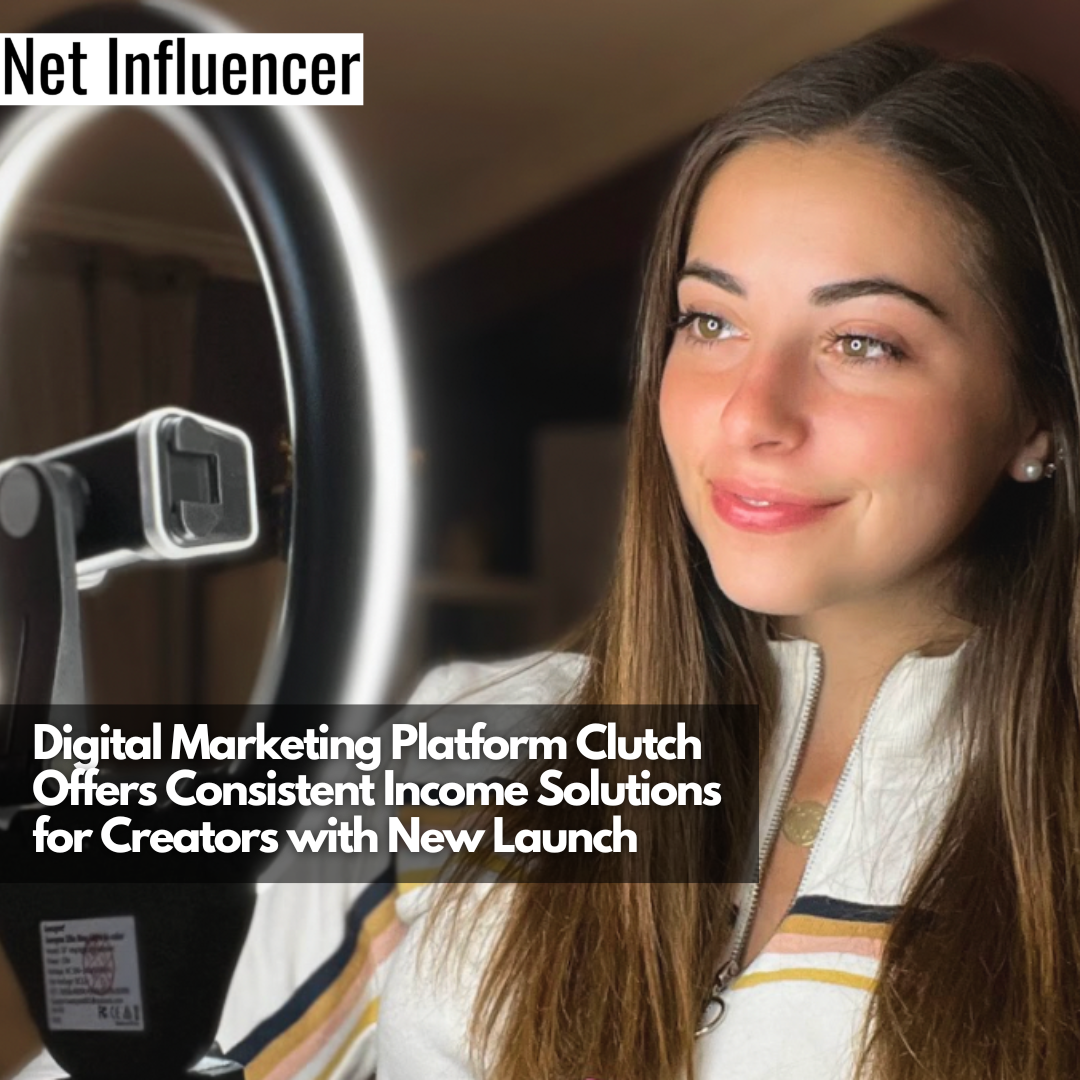Brand
Digital Marketing Platform Clutch Offers Consistent Income Solutions for Creators with New Launch
Growing your content creation business feels impossible when you’re struggling to make ends meet. Madison Long, CEO and Co-Founder of Clutch, and Simone May, CTO and Co-Founder of Clutch, talk about Clutch’s launch with us today and how it helps creators make consistent income.
Clutch is a technology solutions company improving small businesses’ digital marketing presence by connecting them to next-generation influencers.
In the last few months, the Clutch team has been working manually on their current beta to foster a lot of client and creator interaction, allowing them to study engagement and gather feedback. The Clutch team had been manually pairing creators with clients to help them work together but expanded their platform so that clients can now utilize the platform in the same way to find creators.

Simone shares, “The main difference is that last year, our creators were mostly using the platform to create their profiles and dashboards, so this is what they would set up for our team to actually use and look at their profile and say this creator has this kind of skills. They charge this much for their services, and this is just a little bit of background on them.”’
This profile and dashboard system helped the Clutch team match creators to clients. However, clients will now have access to these features to see what matches are coming in and view the creator profiles themselves.
The Target Audience
Clutch has a creator-centric audience and works with NextGen creators.
Madison elaborates, “The next generation is really leading the digital revolution when it comes to how people want to be advertised, towards how people want to interact with products and brands in a way that is more authentic and engaging, and we still feel that way. It doesn’t necessarily have to be a college-age student who can replay that message. NextGen can be a broader expression of a type of creator who might be a mom in her thirties who has raised her kids in a totally different way and interacts with products in a different way.”

During the beta phase, Clutch focused on working with students because this ensured they focused on empowering the next generation. Students were also a forgiving group interested in testing out new things.
However, their creator base is now expanding to NextGen creators as a whole.
The Clutch Process
Clutch’s vetting process starts with a thorough application that an internal team reviews. Then, the team sets up a call with the creator to verify them. If the creator passes this stage, they receive their first assignment. Clutch goes over the assignment in place of a client, and if the project meets the standards, they approve the creator for the matching process.
After approval, creators can add more information about themselves on their Clutch profile, allowing them to sell themselves and share who they are. Creators also choose from various tags, including what services they offer, the platforms they use, and the tools they use (i.e., Canva, Adobe Photoshop, etc.).
Simone shares, “I think the [matching process] feature sets us apart. Our admins are still curating those matches for our clients and creators. It’s not like what most people have seen, where you filter down on 10,000 to 15,000 people and have to figure it out yourself. We send you those matches similar to how we have been outside of the platform.”

The Clutch team creates a small, concise, and curated list of creators for clients, which helps clients find the best match quickly and gives creators a better chance of being selected for a project.
Simone adds, “The second part is once they get into the lab, that’s when the client can approve their deliverables similar to the way they would with assignments, and that is a weekly transaction. Creators just submit [and] deliver this through the platform weekly. Clients are supposed to approve those deliverables weekly, and that’s how they get paid… A lot of people [creators] want to make sure that they’re able to make consistent income, and we’ve found a way to guarantee that.”
Brands can view creators for a project on an organized kanban board-style page. The admin can also add personal notes on each creator within the system for their later reference.
Overall, the Clutch process is highly flexible for both creators and brands. Creators have just as much say in working with a client and can charge what they want.
Brands can set their budget and project details and create a profile sharing a bit about themselves and what they are looking for. When brands come across a creator they like, they can request a collab with the creator and submit an offer. Brands can also request a one-week trial or immediately jump into an ongoing collaboration. Once a creator accepts a collab, they can immediately start working, and everything is submitted through Clutch. From there, the brand approves the piece or requests revisions. Then, the creator is paid.
How Does Clutch Help Creators Make Money?
Typically, creators have to go out and cold-pitch clients to find work. Alternatively, using an influencer management company can help creators save time, but they lose a portion of their earnings for deals the company facilitates.
As a result, many creators struggle with earning consistent income, a problem that Clutch addresses.
The Clutch platform allows creators to set their rates, negotiate them, and make them flexible. They also provide standards for the type of assets and experience a creator has so that they can feel comfortable setting their rate.
Madison explains, “We don’t take a percentage fee from the creator. We only charge the business an upcharge, and we pay the creators every Friday. So, those different elements all combined really enable the creator to focus on creating great work and takes out all the stress and honestly really awkward conversations when they’re like, I love this brand. I really want to work with them, but I don’t feel like I’m getting paid fairly.”
Metrics from the Beta Phase
Clutch had 50+ brands and 200+ student creators join the platform during their beta phase, with many successful campaigns.
One account had over 177,000 likes and 2.5 million views since the beginning of the campaign, which totaled less than three months.
Madison notes, “We do want to emphasize that 75% of our creators are people of color, and we work with many businesses with business owners that are women, women of color, and people of color.”
Final Thoughts
Madison explains that brands that ship nationwide absolutely need an online presence. The Clutch team has been able to help multiple brands in their collabs get millions of views after working with a Clutch creator for only a couple of new months, which is millions of potential new customer exposure.
She shares, “Using video and short-form video as a primary marketing tool is truly the future of marketing. I just wanted to put that out there because I think that it’s important to note that brands really are on the mend of understanding the power of short-form videos, and we love to help them out, but there’s a lot they haven’t realized in how massive of an opportunity this is.”

















